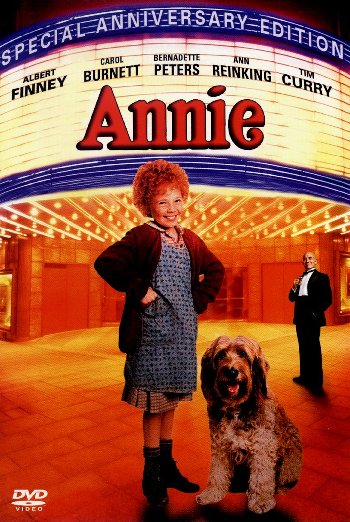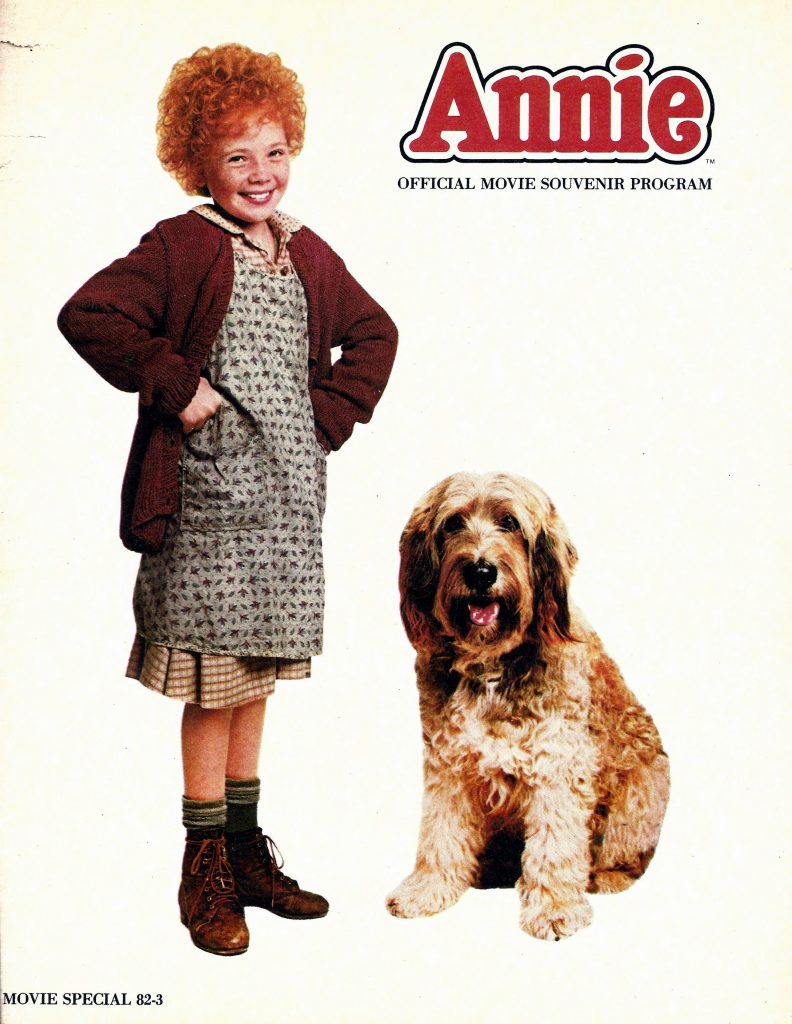John Huston’s musical comedy-drama Annie follows the life of an orphan and her trusty adopted dog Sandy. The film repeatedly draws parallels between orphaned children with caged animals, inciting audiences to acknowledge the ways in which the children are treated alike abandoned animals. Huston’s shot of the bustling environment surrounding the unconcerned caged chickens works as an example to highlight the ways in which certain animals can seemingly cope with abandonment. Whilst Annie is unable to withstand the entrapment of her orphanage, the chickens are able to manage the trauma of being caged in an enclosed space. Sandy however needs a human saviour to adopt him, mirroring the human orphan Annie. This inclusion of homeless animals in Annie regardless of species or importance to the plot illustrates the problem surrounding abandonment and neglect in society through the use of disposable animals.

Early in the film, Annie escapes from her orphanage and attempts to evade capture by a policeman. After slyly avoiding him Annie comedically walks towards the stationary camera to a non-diegetic upbeat score where a cage filled with couped chickens is shown within the mise-en-scéne of the frame. Annie’s sauntering in this sequence alongside the score exemplifies her disillusionment about the actuality of her entrapment despite the central placement of the chickens in shot which act as a symbol of her reality. Rather than ignore the contained animals Annie creates a focus upon them by tapping the cage multiple times acknowledging their entrapment, the chickens symbolising and in their own way experiencing her previous trapped life in the orphanage. Notably she does not worry about the well-being or neglect of the chickens which in turn allows audiences to also feel at ease regarding the animals, illustrated as she walks away from them without a second glance. Intriguingly the colour palette within the scene highlights the jarring otherness and the similarities between the animals and Annie herself in their surroundings, the bright red tones of her outfit and the feathers creating further relations with the couped animals and the girl.
A close-up selectively focused shot shows Annie breathing a sigh of relief as she reflects on her freedom from the policeman and the neglectful orphanage, with an outline of the chickens in their cage still visible in the background despite the centred shot focusing solely on Annie. This frame further encourages us to recognise the liberation which Annie is now experiencing, the animals representing her former situation of entrapment which she has physically as well as symbolically left behind. Despite this, Huston’s inclusion of the chickens remaining in frame indicates the ties Annie still has to the orphanage and act as a reminder that the animals remain unable to escape. Although the chickens are inconsequential to the film as a whole, the use of the birds within this scene are significant as they highlight Annie’s naivety regarding her situation.
Huston’s use of animals to further reflect Annie’s abandonment is shown when she is later brought back to the orphanage, the scene mirroring the dog catcher’s attempt to take Sandy. The police officer carries her to the door by the scruff of her neck, but unlike Sandy there is nobody to help her; she is once again the trapped animal. Another parallel can be drawn from the orphanage-building itself, the door being the same colour as the dog van with a cage concealing the window. This set design further depicts the orphanage as a cage for abandoned children. Whilst the chickens can survive the abandonment and entrapment in their cage, Annie and her dog Sandy juxtapose the chicken’s ability to survive the trauma of abandonment and need to be saved.

